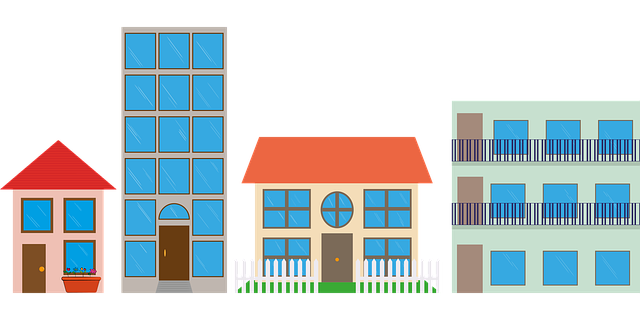
Whether a home is freshly built or has stood for generations, a thorough inspection remains one of the most important steps before closing. While the process may look similar on the surface, the focus areas can differ significantly depending on the age of the home. Understanding these differences can help buyers make more informed decisions and avoid unwelcome surprises.
What to Expect in a New Construction Inspection
New homes offer the appeal of modern materials, updated layouts, and energy-efficient systems. Still, newer doesn’t always mean flawless. Construction timelines are often tight, and oversight can vary between subcontractors. An inspection of a new build is typically focused on confirming that systems and structures were installed correctly and meet current codes.
Inspectors look for issues like improper drainage, miswired outlets, incomplete insulation, or HVAC systems that haven’t been balanced. It’s also not uncommon to find cosmetic issues that may signal deeper concerns—such as drywall cracking due to shifting foundations or moisture collecting in places it shouldn’t. A pre-drywall inspection (before the walls are closed up) can be especially useful, providing a look at framing, plumbing, and electrical work before they’re hidden.
What’s Different with Older Homes
With older homes, the inspection shifts to identifying wear, deferred maintenance, or outdated systems that may no longer be safe or efficient. Electrical panels may not meet today’s capacity demands, plumbing could be original galvanized steel that’s prone to corrosion, and insulation might be insufficient or missing altogether. Roofs, foundations, and structural elements also get a closer look due to their age and exposure.
Some older homes may feature materials no longer in use, like asbestos or lead-based paint. While not always deal-breakers, these require clear understanding and possible remediation. The charm and character of older homes often come with trade-offs that a quality inspection will bring to light.
Why Every Home Needs an Objective Evaluation
The age of a home doesn’t determine whether it needs an inspection—it determines what needs to be inspected more closely. New homes might hide the effects of rushed work or design oversights. Older homes may carry the burden of time and use. In both cases, skipping an inspection means taking on unknown risks.
Regardless of age, every home deserves the same level of attention. An independent, unbiased assessment gives buyers clarity, leverage, and peace of mind. And that’s something no age or appearance can guarantee.
